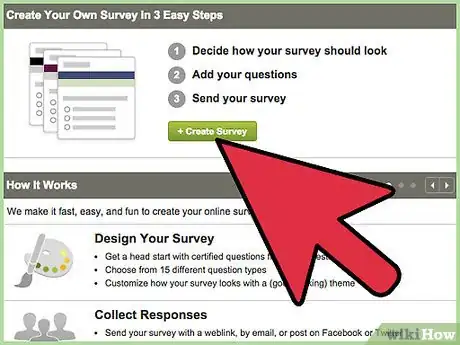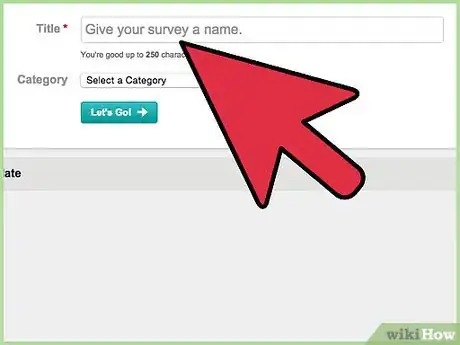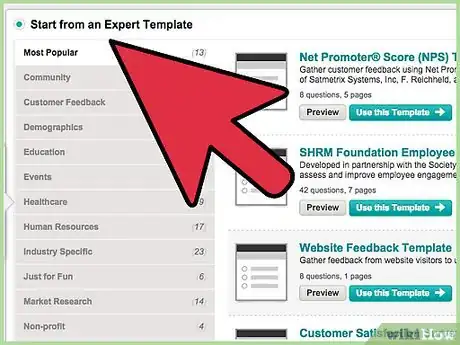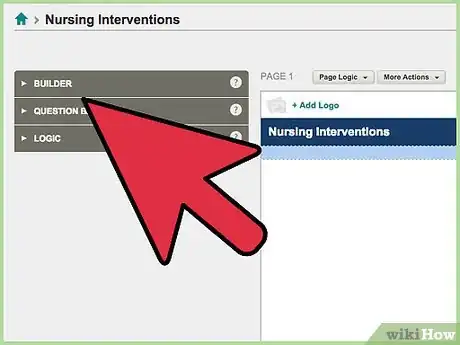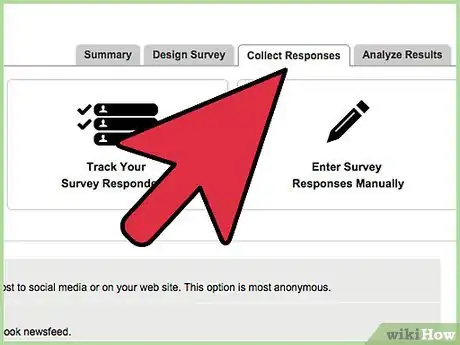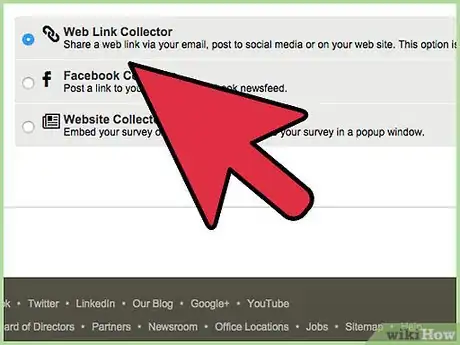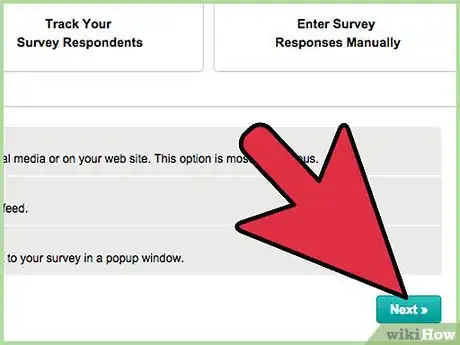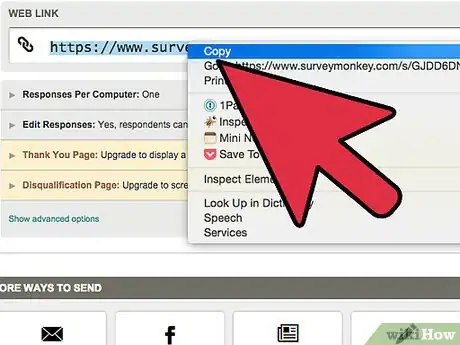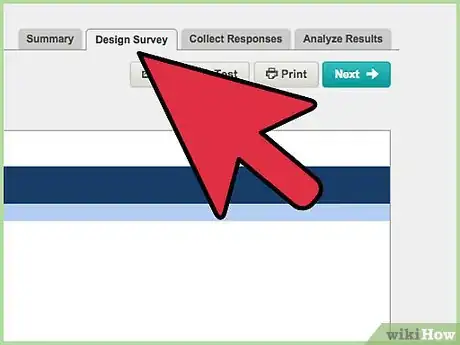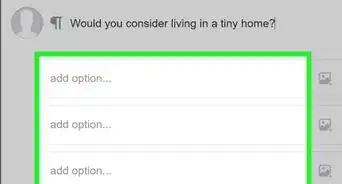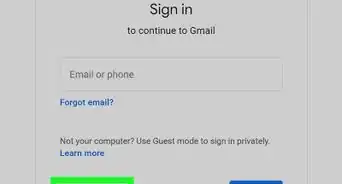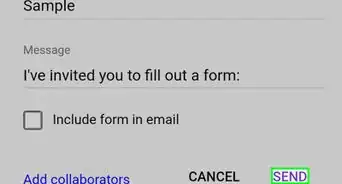X
wikiHow is a “wiki,” similar to Wikipedia, which means that many of our articles are co-written by multiple authors. To create this article, 16 people, some anonymous, worked to edit and improve it over time.
This article has been viewed 272,247 times.
Learn more...
SurveyMonkey is an online service that allows users to create web browser based surveys. This service offers both a free account and a paid account that includes enhanced features. This article will teach you how to create an online survey with SurveyMonkey.
Steps
-
1Visit the SurveyMonkey website at http://www.surveymonkey.com/.
-
2Click “Sign In” at the top of the page.Advertisement
-
3Enter your Username and Password associated with your Survey Monkey account and click Sign In. Click here to create a Survey Monkey account: https://www.surveymonkey.com/MyAccount_Join.aspx?utm_source=account_login.
- Alternatively, you can sign up using the Sign Up with Facebook or Sign Up with Google buttons on the right.
-
4Click the “+Create Survey” button at the top of the page.
-
5Enter a title for your survey and select a category. You can also choose to Copy an existing survey or Use an expert survey template.
-
6Select a template to use for your survey and click Next.
-
7You will have the option to make edits to the default survey and template on the left side of your survey.
-
8Click the “Collect Responses” tab at the top.
-
9Click the method you wish to use to distribute your survey. (The first option has been used in the example.)
-
10Click “Next Step”.
-
11Copy the URL and paste it in your email newsletters, tweets, and anywhere else that you can post a link for your users to click and access the survey.
- Alternatively, you can copy the HTML code to add it to a webpage.
-
12Design the survey. Opening the account and knowing the basics of creating the survey are only half the process. The real work comes in designing an effective survey that elicits the information you're really after. This means that you need to know, without a doubt, what it is that you're seeking. Creating a survey without having a clue as to what you want from it will simply waste the time of all involved. Moreover, if it's clear to survey takers that the survey is random, they're much more likely to avoid taking it, especially if it appears as spam. When designing your surveys content, bear the following in mind:
- When creating a survey, keep the questions relevant above all. Do not try to seek tangential information or those answering it will be surprised and possibly less candid.
- Anonymity is a useful way to get people to respond to surveys in a candid way––provide this option unless it's absolutely essential to get names. If taking names, always advise as to how you'll maintain confidentiality of details (such as aggregating the results without mentioning individuals). If you don't think people will self-identify but you'd like them to do so, offer an incentive such as a free e-book or similar for those who provide email addresses for future correspondence, etc.
- Effective survey questions tend to be: brief, simple, relevant and jargon-free. Avoid using questions that are loaded (assumption-filled) or leading (directs the answer).
- Put sensitive or demographic questions at the end of the survey––a survey taker is more likely to opt out early if these appear at the front. In the same vein, ask interesting questions at the front.
- Avoid cluttering up the survey. Use white space and only ask one question per line.
- Test the survey before you send it live. This will allow you to find quirks and things that don't make sense. Test it on a few friends or family members to gauge their responses.
Advertisement
Community Q&A
-
QuestionCan I use my own email list for survey recipients?
 Community AnswerYes, you may. You might want to create another e-mail account for surveys and signing up for stuff, just in case.
Community AnswerYes, you may. You might want to create another e-mail account for surveys and signing up for stuff, just in case. -
QuestionIs there a statement covering confidentiality of information?
 Community AnswerYes. You can read through SurveyMonkey's privacy policy and security statement.
Community AnswerYes. You can read through SurveyMonkey's privacy policy and security statement. -
QuestionCan I ask a question that has more than one answer, e.g., "Check all that apply"?
 Community AnswerYes. When creating your questions, use multiple choice with multiple answers.
Community AnswerYes. When creating your questions, use multiple choice with multiple answers.
Advertisement
Warnings
- This service is also available free from others. For instance you can do this with the form builder Google Doc.⧼thumbs_response⧽
- Not all features of the SurveyMonkey service are available to free basic account users. You can upgrade to a Select, Gold, or Platinum account to access more enhanced features.⧼thumbs_response⧽
- Don't spam when sending invitations to do the survey. This includes avoiding the use of any language that makes it sound like spam and sending it to irrelevant people. You should have a reply address that works and looks professional⧼thumbs_response⧽
Advertisement
Things You'll Need
- SurveyMonkey account
- Well thought-out questions (with good reasons for seeking the information you're after)
- Pleasantly worded email invitation
References
- http://www.surveymonkey.com/ – research source
About This Article
Advertisement



